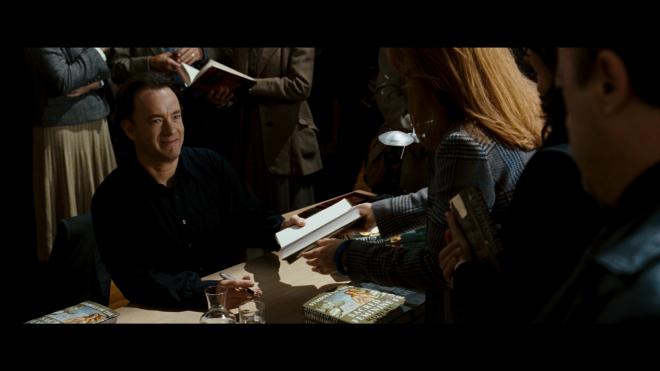


The film grossed $224 million in its worldwide opening weekend and a total of $760 million worldwide, becoming the second-highest-grossing film of 2006, as well as Howard's highest-grossing film to date. In the book, Dan Brown states that the Priory of Sion and "all descriptions of artwork, architecture, documents and secret rituals in this novel are accurate." Many members urged the laity to boycott the film. It was met with especially harsh criticism by the Catholic Church for the accusation that it is behind a two-thousand-year-old cover-up concerning what the Holy Grail really is and the concept that Jesus Christ and Mary Magdalene were married and that the union produced a daughter, as well as its treatment of the organizations Priory of Sion and Opus Dei. The film, like the book, was considered controversial. Also searching for the Grail is a secret cabal within Opus Dei, an actual prelature of the Holy See, who wish to keep the true Grail a secret to prevent the destruction of Christianity. A noted British Grail historian, Sir Leigh Teabing, tells them that the actual Holy Grail is explicitly encoded in Leonardo da Vinci's wall painting, The Last Supper. Langdon escapes with the assistance of police cryptologist Sophie Neveu, and they begin a quest for the legendary Holy Grail.

On the body, the police find a disconcerting cipher and start an investigation. In the film, Robert Langdon, a professor of religious symbology from Harvard University, is the prime suspect in the grisly and unusual murder of Louvre curator Jacques Saunière. The first in the Robert Langdon film series, the film stars Tom Hanks, Audrey Tautou, Sir Ian McKellen, Alfred Molina, Jürgen Prochnow, Jean Reno and Paul Bettany. The Da Vinci Code is a 2006 American mystery thriller film directed by Ron Howard, written by Akiva Goldsman, and based on Dan Brown's 2003 novel of the same name.


 0 kommentar(er)
0 kommentar(er)
